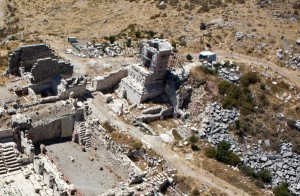Aims The anastylosis project of the Northwest Heroon started in 2000 following the permit of the Antalya Council of Monuments (20.03.2000 / Nr 602) and was completed in 2009. In 2010, the surroundings of the monument will be cleaned and the stone platforms around it will be reorganized so that the monument can be visited […]
Read full post »Field Reports for 2010
Antonine Nymphaeum: 2010 Aims
Friday, July 9, 2010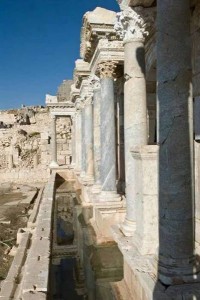
The Antonine nymphaeum, a 9 m high and 28 m long monumental fountain, was constructed at the Upper Agora between 161-180 AD, with the purpose of bringing social and aesthetic aspects to the political centre of the ancient city. The nymphaeum was built of 7 different kinds of stones, where the water used to fall […]
Read full post »Western Domestic Areas: 2010 Aims
Thursday, July 8, 2010
A test sounding in the western residential area Introduction The position of the Hellenistic town wall and the results of the architectural and intensive surface survey suggest that the western residential area must have held the original living quarters of Sagalassos. After the investigation of the chronological development and planning of the eastern residential area […]
Read full post »Urban Mansion: 2010 Aims
Thursday, July 8, 2010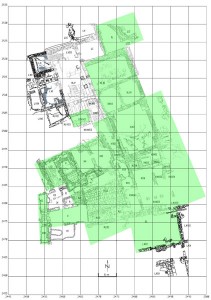
Introduction Since 1995 excavations have been carried out in the large late antique urban mansion of Sagalassos. This luxurious residence, which was built by a member of the high-society and is a valid candidate for the Episcopal palace of the town, is located in the eastern domestic quarter of the city. When this luxurious residence […]
Read full post »Upper Agora: 2010 Aims
Thursday, July 8, 2010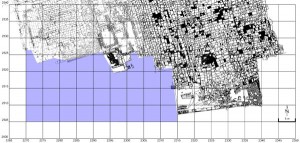
The Western Portico of the Upper Agora was already largely uncovered by the year 2000. However, at that time, a crane road was left in place over the southern end of the portico. During the campaign of 2009, we have begun to remove this now dysfunctional crane road, in order to complete the excavation of […]
Read full post »Roman Baths: 2010 Aims
Thursday, July 8, 2010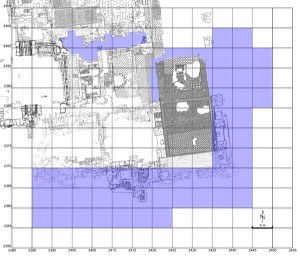
In 2009, remains of a first century AD bath building were identified within the much larger second century AD bathing complex of Sagalassos. The remains consisted of the original North outer wall, incorporated in the later service area, and traces of possibly two semi-circular niches forming the original South side of the first century building. […]
Read full post »North-South Colonnaded Street: 2010 Aims
Thursday, July 8, 2010
Excavations carried out since 2005 on the main North-South Colonnaded Street of Sagalassos have uncovered a ca. 90 m long stretch of pavement to the south of the Lower Agora. Though we are beginning to get a clearer idea of the complexity of actions in the area, many issues remain unsolved. Most of the already […]
Read full post »Macellum: 2010 Aims
Thursday, July 8, 2010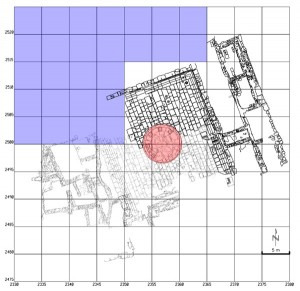
Introduction Located at the south-east edge of the Upper Agora, the Macellum (food market) of Sagalassos was erected in the late 2nd c. AD under the reign of the emperor Commodus, and was extensively rebuilt in the late 5th / early 6th c. AD. The archaeological excavations at the Macellum started in 2005. Aims The […]
Read full post »Tepe Duzen: 2010 Aims
Thursday, July 8, 2010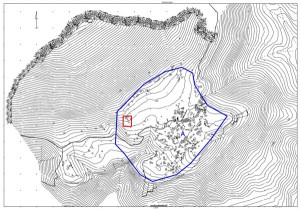
Introduction Tepe Duzen is – in the current stage of our knowledge – an area that was contemporarily inhabited with Sagalassos from the 5th to the 2nd century. It is located on a plateau at 1.8 km SW of the latter. The ceramics excavated during the campaigns of 2006, 2007 and 2008 have mainly been […]
Read full post »
